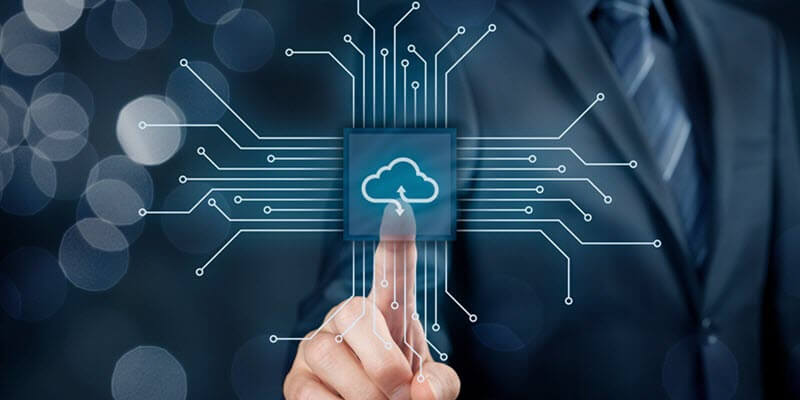
Are you confused about cloud, subscription-based software, and how it differs from a legacy POS system? The difference boils down to configuration and customization, and the limitations each system has for each. For owners of a legacy POS system, the stability and familiarity are often hard to let go. For cloud-based POS users, they likely would never go back.
What is a “Legacy POS System”?
In order to understand software as a service, or “SaaS,” it’s useful to look at what came before it: the typical, “on-site” model of powering an organization. So, let’s review how it all began.
Consider the business applications your teams use every day to manage sales, payroll, inventory, and any other number of business functions. The normal way of going about it involved purchasing software from a vendor and installing it “on site”. This means you have a big server that you must keep in a dedicated room somewhere (or maybe in a closet, if your business is smaller).
By choosing this option, you oversee maintaining this server and any software that you may run on it. Let’s imagine you purchased your point-of-sale software and hardware 10 years ago. Your providers’ team installed this software on the server. They rolled it out to every POS terminal and laptop or computer in your back office. They perhaps did a decent job of this, back in ’99, and maybe you were satisfied with the results.
What many fail to appreciate is all the effort that was put in behind the scenes. In the “on-site POS” model, your POS providers’ team is responsible for keeping the software up to date and available. If it went down during the middle of the evening rush, they had to scramble to get it back up and running. As your team grew, they had to create new users. As new computer viruses were released on an unsuspecting world, they had to apply any patches released by the vendor. This was certainly not easy work.
The likeliest problem you are to face if you still use a legacy system are the upgrades. Traditional POS Software might have been top of the line ten years ago, but they don’t upgrade automatically. The system most likely had a user interface that was modern and appealing when you bought it. Yet, it only is able to run about 20 percent of the reports a cloud-based POS would.
To make things more complicated, when you reprogram a piece of software, you can’t upgrade it automatically. Why not? Because the new version is missing the customizations that would require a developer to install. This is why upgrades only happened every 5 years or so.
What is Software as a Service?
SaaS is a completely different enchilada. When you choose a SaaS operating model, you don’t need to purchase the hardware or license the software. With SaaS, you pay a monthly price for a cloud provider to deliver the software to you over the internet. It uses their data centers, on their servers, and they are responsible for making sure its working at all times. Monthly prices for plans vary, but in most cases a SaaS platform saves businesses money.
Security patches, regular maintenance, upgrades — this is all included as part of your monthly subscription. All you need is a web browser. The best part is that long, painful and expensive upgrades are a thing of the past. Instead, the provider regularly updates the software (usually, they do it 2-4 times a year). In the same way as many of us receive notices to update the apps on our mobile phone, these updates contain new functionality and capabilities — often because restaurant owners like you have requested new features. This ensures that you have the latest, most up-to-date POS software at your fingertips.
It’s not that running Traditional Legacy POS Software is necessarily a bad idea, or bad for your business. It’s just that running a cloud-based POS — is simply better. And with new integrations being added on a daily basis, it may be the last upgrade you will ever do.
Moving to SaaS is now easier than ever. Your competition is already doing it. So look into your options around cloud-based SaaS POS systems, and don’t get left behind. Nobody wants to be a left behind.

